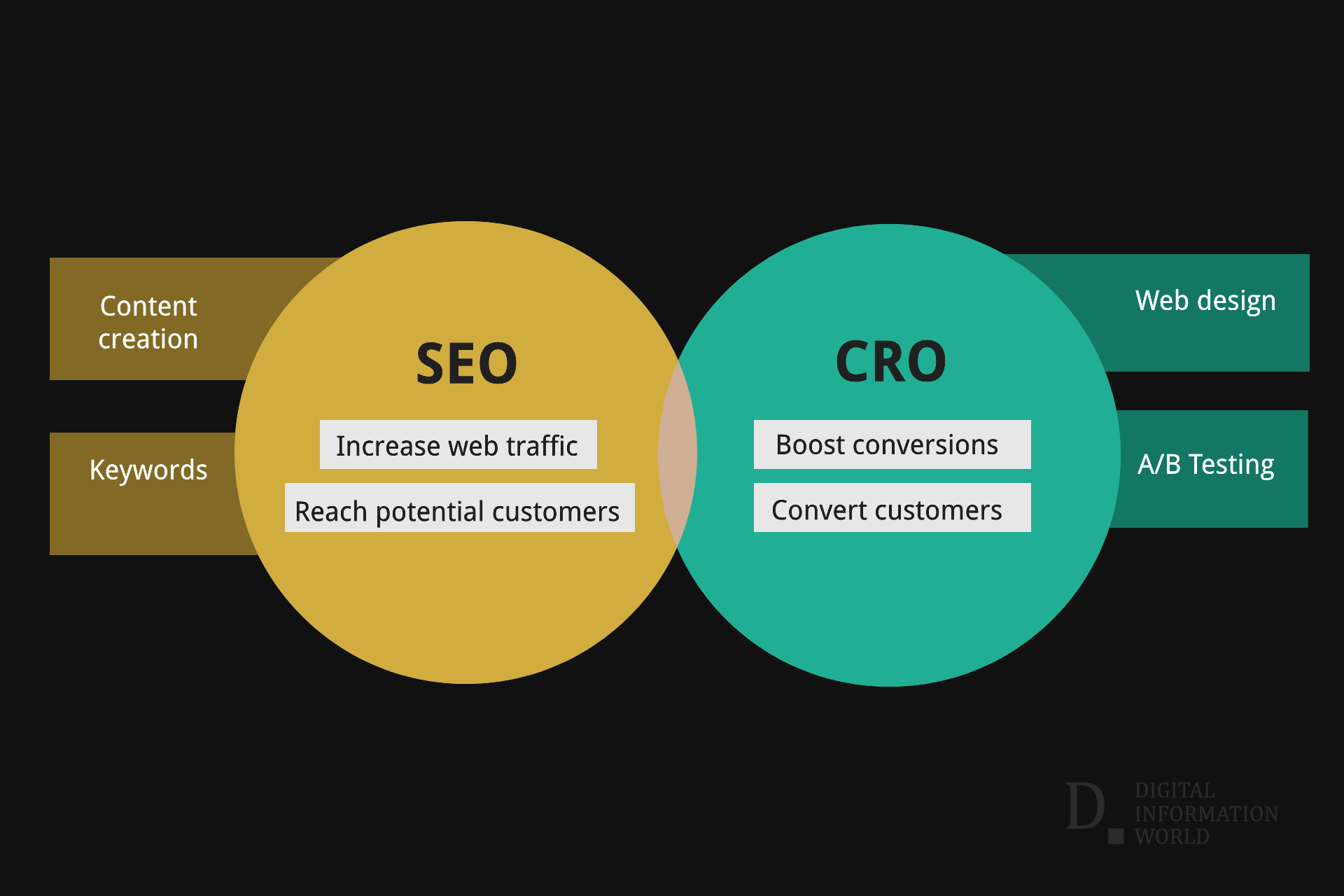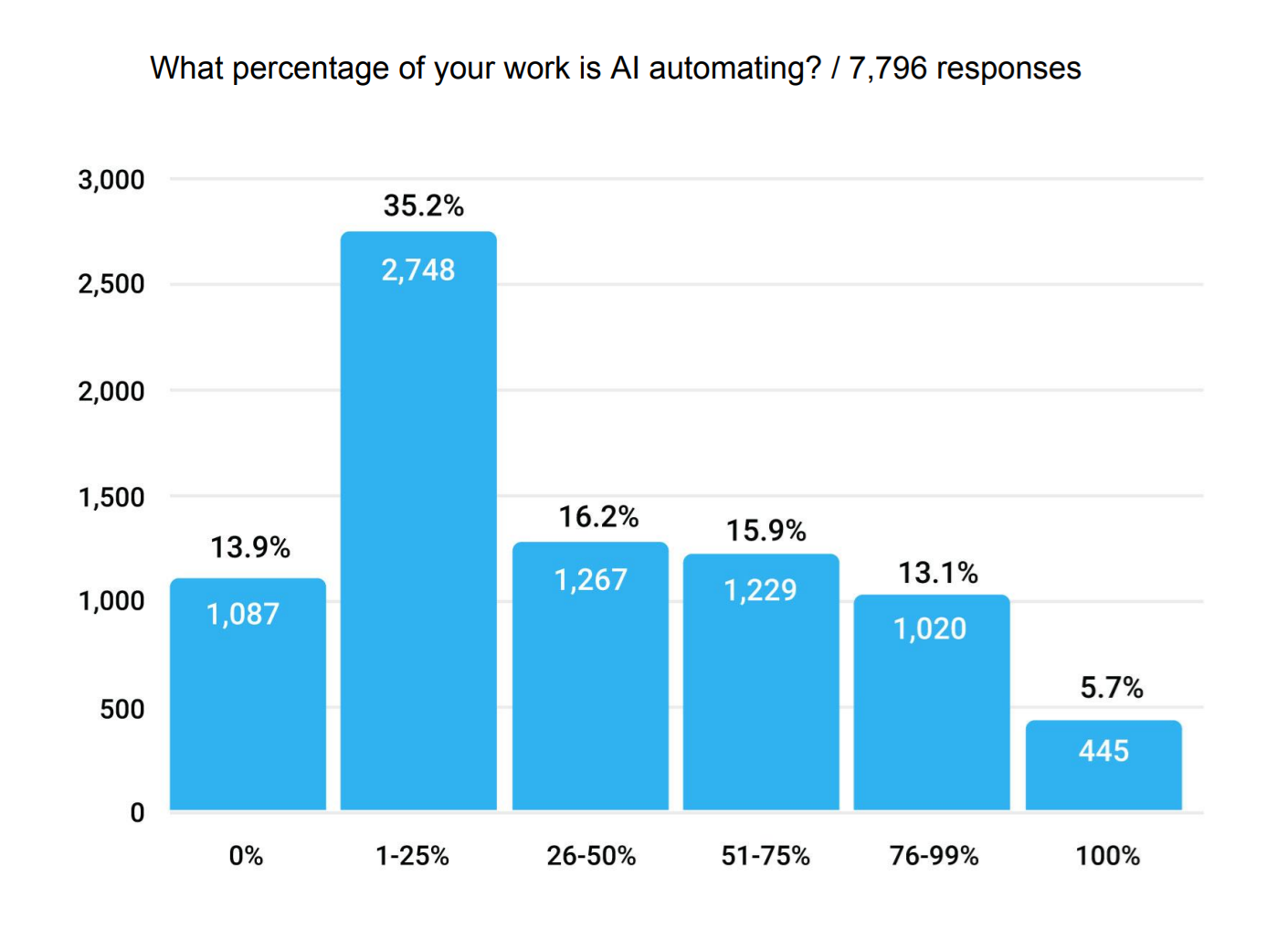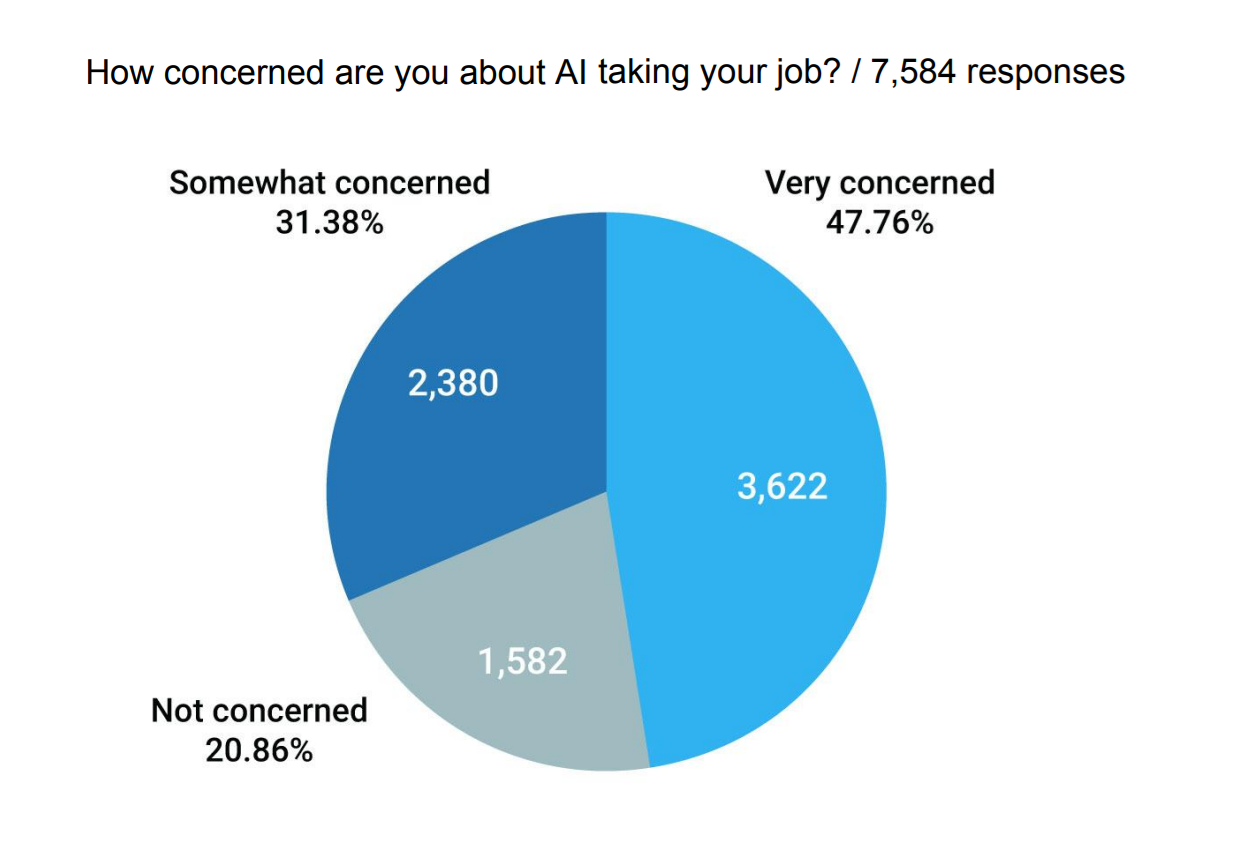While both services are different, you can combine them together to achieve better results.
However, not all businesses know this and often miss out on great opportunities.
If you don’t want to stay behind your competitors, it is best to use them together as a part of your business marketing plan.
Digital Nomads HQ - SEO Agency offers both these services to give you an edge over others. The experts create a consolidated marketing strategy using these two techniques to give a boost to your business.
To know more about SEO vs CRO and how they work together, keep reading this article.
What is SEO vs. CRO?
Image: DIW - AIgenPeople often mix up SEO and CRO. They think SEO tricks are the same as CRO or consider boosting conversions as part of SEO. Simply put, they're alike but separate.
SEO works on bringing more people to your site, while CRO works on getting those visitors to do something (signing up for a newsletter or buying a product). CRO basically helps turn the traffic from SEO into actions that benefit you.
SEO and CRO aim for different things, yet marketers often use similar tactics for both. Here are more details about SEO vs CRO.
What is SEO?
Photo: DIW - AI-genSEO (Search Engine Optimization) helps raise your website’s position in search engines’ results. When your site lands at the top of search lists, more people discover your business, drop by your site, and eventually make purchases.
SEO plays a vital role in growing any business. Nowadays, people rely on search engines to find what they need. That's why making your website search-friendly matters. Using the right keywords and top-notch content boosts your site's visibility on search engines.
But SEO needs time and patience. It's a continuous process as you have to keep up with new algorithms Google keeps rolling out. It might take 6 to 12 months to really see the impact. Yet, the payoff is huge. Being on the first page of search results means more chances to catch the eye of potential customers.
What is CRO?
Image: DIW- AI-genCRO (Conversion Rate Optimization) is about turning website visitors into customers. In marketing, it means shifting their interest into buying what you offer. But it's not just about sales. It includes getting their information by having them sign up for newsletters, fill out forms, or subscribe. These details help stay connected for future conversions.
SEO brings people to your website, but CRO helps turn those visitors into customers. When you tweak your website design and make it user-friendly, it boosts the chances of visitors taking action and buying something. This can increase your conversion rates and bring in more money.
CRO is great because it relies on data from user behaviour, like click rates and time spent on a page, to make smart decisions. It helps spot where visitors might get stuck or confused so you can fix those areas and improve their experience.
Plus, a strong CRO strategy keeps customers coming back. By understanding what makes them tick and using that info along their journey with your brand, you create loyalty through good experiences.
While SEO brings in traffic, focusing only on that without making the website engaging might make visitors leave without doing much. That's why balancing both SEO & CRO is key for lasting growth and hitting business goals.
SEO vs CRO: What’s the Difference?
Image: DIWSEO vs CRO work differently. CRO relies on the traffic generated by SEO, but they don't always work together for the same goal. SEO aims to boost website visibility and get more visitors, while CRO focuses on turning that traffic into meaningful actions. Here are more details on SEO vs CRO:
SEO
When comparing CRO to SEO, there are some SEO aspects that don't really play into CRO. Here are a few:1. Invisible stuff
SEO involves building elements within your website that boost its value, like meta tags, alt tags and schema markup. These aren't visible to users but matter a lot for SEO; however, they don't directly impact CRO.2. Traffic focus
SEO works on getting more traffic and attention to your site through rankings and site improvements. CRO uses that traffic differently. It aims to turn visitors into customers instead of just getting more traffic, as SEO does.3. Keywords
SEO relies heavily on specific keywords to drive traffic. CRO focuses more on appealing to customers rather than using specific keywords. Changing keywords for CRO purposes can mess with your SEO strategy.CRO
CRO's job is to turn traffic into action. While it uses the traffic from SEO, there are parts of CRO that don't need SEO:1. Non-indexed pages
These pages aren't seen by search engines, so SEO isn't a concern. They just need to offer a great user experience for a successful CRO.2. Grabbing attention
CRO focuses on engaging customers, whether through marketing or user experience. SEO, on the other hand, focuses on keywords and search engine rules to get noticed on search result pages.3. Design
Good design boosts user experience, which is crucial for a successful CRO. But sometimes, the design that's great for users might clash with SEO needs. Trying to please search engines can hurt user experience, affecting CRO. Finding the right balance in design is key.Why CRO and SEO Are Both Necessary for Success?
Image: DIWHere's why both SEO vs CRO are crucial for a successful digital marketing plan:
- SEO helps you find your audience and makes it simple for them to discover your site.
- CRO steps in once they're there. It’s all about making it tempting and effortless for them to buy from you.
Imagine focusing only on getting to the top of search results without caring about user experience; you'd miss out on potential sales. On the flip side, if you only concentrate on making your site conversion-friendly without minding SEO, people might struggle to find you. It's all about finding that balance.
SEO vs CRO: How to Combine Them Together for Better Results?
Image: DIWSEO vs CRO aim for different things but ultimately want the same: success for your business. Even though they're different, when you bring them together, they create the best outcomes. Here are some SEO and CRO tips you can follow to blend the two strategies effectively in your marketing plan for great results:
1. Optimize your content for conversions and well as ranking
When you're creating new content for your website, think about how it'll affect both your conversion rate and your site's ranking. Changes for one might not always favour the other. Be cautious not to harm your SEO efforts while focusing on CRO and vice versa.For instance, an SEO expert might suggest removing a floating form to speed up the site, which helps SEO. But that form might be crucial for CRO, so ditching it could hurt your conversion strategy.
These dilemmas happen a lot. It's vital to streamline your site while keeping a strong conversion path. A/B testing your web or landing pages helps strike the right balance.
2. Improve the user experience of your website
This is one of the best SEO and CRO tips you can follow to improve user experience. When people search on Google, it suggests things to help them out. But how do you get Google to notice your website?By focusing on what users want and creating content that matches their needs, you can boost your site's ranking and make it visible on Google. So, how can you make your site better for users and improve its ranking, getting more conversions? Here are some ideas:
- Optimize your conversion process
- Use call to action
- Have a responsive design
- Educate your leads
- Create easy-to-digest content
- Speed up your website
- Enhance scrolling experience
- Get feedback
3. Develop SEO and CRO strategy with goals
Create a smart CRO and SEO plan that works hand in hand. When you're starting from scratch or redesigning your site, it's crucial to set clear goals for what you want to achieve.Here's a step-by-step guide to using SEO and CRO tips:
Set business goals
Figure out what you want to achieve. Is it doubling website traffic in five months or boosting conversions by 30% by the end of 2023? Clear goals help align CRO and SEO efforts.Check your site
Do a thorough check of your website using tools like Google Analytics. Find areas for improvement in content, design, and technical performance.Keyword research
Understand the keywords your audience uses in searches. This helps optimize your content for better rankings.Optimize your site
Make improvements based on your site audit and keyword research. Work on technical aspects, user experience, and content relevance.Plan content
Create a strategy for content creation and optimization. Target the right keywords and plan how to promote your content.CRO tactics
Once your site is SEO-ready, focus on strategies to enhance conversion rates. Tweak layout, content, calls to action, and checkout processes.Track and adopt
Monitor your efforts closely. See what works and what needs fixing. Adjust your strategies accordingly.Ensure everyone involved shares their actions to avoid conflicting strategies. Whether you outsource or manage in-house, keep a check on every action for a balanced approach.
4. Create relevant and quality content for SEO that aligns with search intent
Creating SEO content is one of the best CRO and SEO tips to follow. Your content should always match what your audience is searching for. Aim to produce top-notch content that boosts your visibility in search results without sacrificing elements crucial for CRO.Search intent broadly falls into four categories: Informational, Commercial, Navigational, and Transactional. Understanding this helps tailor your content to user needs.
Integrating CRO into SEO content is key. Here's how:
Use internal links
Linking related content keeps visitors on your site longer, nudging them toward a conversion.Make content readable
Easy-to-understand content keeps users engaged and on your site.Create clear calls to action
Align CTAs with user intent to guide visitors through the buying process.Test and refine
Continuously test and enhance your site's design and content for better results.Focusing on these aspects improves user experience and conversion rates. Remember, SEO content isn't just about ranking high; it's about enhancing user experience and guiding them towards actions that benefit your site.
5. Try experimenting with tactical CRO tests on your site
Experimenting with your site to boost conversions in CRO involves trying out various tactics. Not all will pack the same punch - some quick changes could make a big impact, while others need more thought.Here are some tests to boost your site's conversion rates:
Caption images
Adding captions to photos helps users and adds relevant keywords for SEO.Go green
Test using the colour green. It can create a positive vibe for eco-conscious consumers and leave a great impression.Offer guarantees
People love guarantees. It shows confidence in your product or service and reduces risk for consumers.Bold important info
Highlighting key details helps skimming readers grasp your offer better, nudging them towards conversion.Create urgency
Make your offer time-sensitive or limited in quantity. Scarcity tends to make things more desirable.Use high-quality images
Swap grainy images for high-quality ones. Better images enhance your brand's appearance and keep users engaged.Test landing page copy
Experiment with different text to improve both SEO and conversion rates. It can help pages rank better and find the best wording for higher conversions.6. Use data to optimize your content
Once you've made changes to your site and updated content, it's crucial to analyze the results. It is one of the best SEO and CRO tips. Compare the data from both SEO and CRO perspectives.If different teams handle your CRO or SEO, it's vital they work together to interpret data. This ensures one strategy doesn't overpower the other. Here are examples to illustrate possible scenarios:
Example 1:
You increase target keywords on a page to boost rankings and traffic. The page ranks higher and gets 40% more traffic. However, the conversion rate drops by 5%, suggesting keywords affect user experience. You realize the traffic increase doesn't offset the CR drop. Solution? Test a variant with fewer keywords for a better balance.Example 2:
You use a UX tool to track how people move around your site. Turns out, 80% of your organic traffic goes straight to the bottom of your homepage and spends about 5 seconds checking out the footer. But your footer doesn't have much; it has just short links to a few pages and no CTA. Here are two ideas to make the most of this:- For better SEO, expand the footer by breaking down service categories. Add more links to each specific service.
- To boost CRO, put a call-to-action next to the footer links. It's another chance to get users to take action.
Regular data checks on CRO vs SEO changes help identify issues for the next site updates. Collaborative analysis ensures a well-rounded approach to your marketing strategy.
7. Improve meta titles and meta descriptions
Enhancing your meta titles and descriptions on the website helps improve SEO and CRO results. Once your site ranks on the first page of search results, the next step is to refine these titles and descriptions.When assessing these elements, consider both SEO and CRO perspectives. From an SEO viewpoint, focus on the keywords used. From a CRO perspective, prioritize keywords that drive conversions. Analyze this data and share insights with your advertising team for future campaigns.
8. Optimize content for specific keywords
Choosing the right keywords can attract the right customers. It is one of the most basic SEO and CRO tips to follow. Keywords should match where customers are in their buying journey: Awareness, Interest, Desire, and Action.- Awareness: It's the starting point, attracting curious visitors.
- Interest and Desire: This phase uses more specific keywords as people figure out what they want.
- Action: This is where specific keywords drive higher conversion rates as people are ready to buy or sign up.
9. Improve page loading time
Page loading speed affects both your CRO and Google ranking. Slow loading hurts your site in SEO and leads to a high bounce rate as people quickly exit when a page takes too long. This suggests your page doesn't fulfil their needs.A low bounce rate means people explore more pages, potentially increasing your conversion rate. Aim for a page load speed of two seconds or less to improve these aspects. Top of Form
Focus on macro conversions
To climb up Google's rankings, SEO teams should prioritize major conversions for increased organic traffic. Micro conversions are steps users take toward your main goal, like signing up for a newsletter or viewing a product page.
Macro conversions are the big wins, like making a purchase on an online store. To boost sales and leads, concentrate on these conversion points, streamline them, and create a clear path for customers without causing confusion in their journey.
11. Test and try different types of CTAs
CTAs, or 'call-to-action', work well for both SEO vs CRO. They prompt users and provide extra information. CTAs come in various types, like buttons, forms, text links, phone call links, and more.Some CTAs offer additional resources for users to explore deeper into your website, keeping them engaged longer. This can lead to more conversions, which is beneficial for CRO. To boost SEO, consider adding keywords to your CTAs to enhance your content.
12. Make your content mobile-friendly
Nowadays, over half of search traffic comes from mobile devices. If your content isn’t set up for mobile, you could lose out on valuable leads and conversions. Ensure that crucial content shows up at the top of the screen on mobile.For product pages, key details like quick specs, shipping costs, prices, reviews, and product images should appear first. This helps mobile users swiftly find what they're looking for and take the next steps to convert. This is one of the key SEO and CRO tips for business owners.
13. Keep testing your SEO and CRO content from time to time
Constantly testing your SEO vs CRO content is crucial. Whenever you add something new to your site, set up experiments with two different versions.CRO tools like Google Optimize let you tweak specific page parts and compare the data from each version. This helps refine your CRO strategy.
A/B testing is like putting into practice the CRO tactics we talked about earlier. It's not just for CRO; you can A/B test SEO content to see what boosts your page rankings. It also helps improve site speed, which affects how well you rank.
Don't rely solely on personal preferences for page layout and design. Test different versions to see which works better based on user behaviour. For instance, if you and your developer disagree on website colours, test both options and decide based on the data gathered from user tests.
14. Gain insights from heat mapping tools
Heat mapping tools offer valuable insights that aid both SEO and CRO. They provide data through heat maps and track user interactions like mouse movements and clicks.These tools are handy as they reveal where visitors focus on your site. You can identify areas needing adjustment to improve the visibility of important information. They also highlight less engaging pages, signalling areas needing strategy updates.
Conclusion
Conversion rate optimization and search engine optimization play key roles in digital marketing strategies. Understanding what SEO vs. CRO is and how they complement each other improves your overall strategy and benefits various aspects of your website. You can follow the SEO and CRO tips we have listed in the article to get the best results.Managing both CRO and SEO simultaneously can feel overwhelming. Fortunately, there are many digital marketing agencies that offer affordable services to enhance your strategies and add value to your and your websites.
by Web Desk via Digital Information World



























